
The International Data Corporation (IDC) projects that worldwide 3D scanner use will increase to more than 635 million units being utilized in businesses and organizations around the world by 2023 with a compound annual growth rate of 21.2% over the 2019-2023 forecast period.
In December of 2013, we made five predictions for the future of dimensional inspection. That first prediction is that there would be an increase in the use of 3D scanning. Here’s what we said:
Of all the technologies used in dimensional inspection, 3D scanning is one of the least mature despite how long it has existed. However, it is a proven technology that is rapidly becoming more widely known and accepted. Although 3D scanning is not likely to make other technologies obsolete, it is quickly becoming an essential tool for manufacturers that need dimensional inspection.
– Q-PLUS Labs Blog, December 2013
Between 2013 and 2017, the global 3D scanning market grew from $2.06 billion to $3.76 with early reports for 2018 anticipating that the market eclipsed $4 billion. So what’s contributing to the growth of the market?
A growing number of industries embracing 3D scanning – 3D scanning had been utilized in the entertainment industry for a long time for CGI effects. The video game industry has grown over the years and is now larger than the music and movie industries combined. Video game developers are turning to 3D scanning to model objects, environments, and even people.
Established industries embracing 3D scanning – The aerospace and automotive industries have long been taking advantage of 3D scanning, with both industries requiring dimensional specifications to meet the high standards of quality for every part. The medical field now sees increasing use of dimensional measurement with the growing number of innovative medical devices being manufactured and is finding 3D scanning to be a powerful measurement and inspection tool. Read more about industries that rely on dimensional measurement technology here.
Improvements in 3D scanning increasing ease-of-use – Increased speed and quality of scanning is at the heart of 3D scanning improvements and the software that makes this possible is a big part of why the industry is growing. Geomagic Design X 2019, the best scan-to-CAD software available, can capture data and process scans twice as fast as the previous version which came out in 2016.
Advantages to 3D scanning over traditional measurement methods – Non-contact 3D scanning offers a speedier way to collect millions of data points, compared to manual measurement which is much slower and is limited in terms of the amount of data that can be collected. Even contact 3D scanning is superior because you get more data. However, non-contact 3D scanning is so much faster because all contact 3D scanning is raster scanning, whereas some non-contact 3D scanning is point by point, which takes longer.
Increased accuracy of 3D scanners – The best 3D scanners, such as metrology-class scanners like the ZEISS Comet 6 and GOM Triple Scan have a FOV with rated accuracies that are in CMM territory.
We accurately predicted that 3D scanning would grow, and we continue to believe so. We’ve written about the top applications for 3D scanning, and we expect the number of applications to grow in the future. Although the gap between CMMs and 3D scanning is still apparent, it is shrinking.
3D scanning is one of our most popular services and Q-PLUS Labs is also an authorized reseller of a suite of 3D scanning hardware and software. If you require help determining your exact deployment of 3D scanning, contact us today.

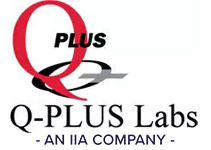

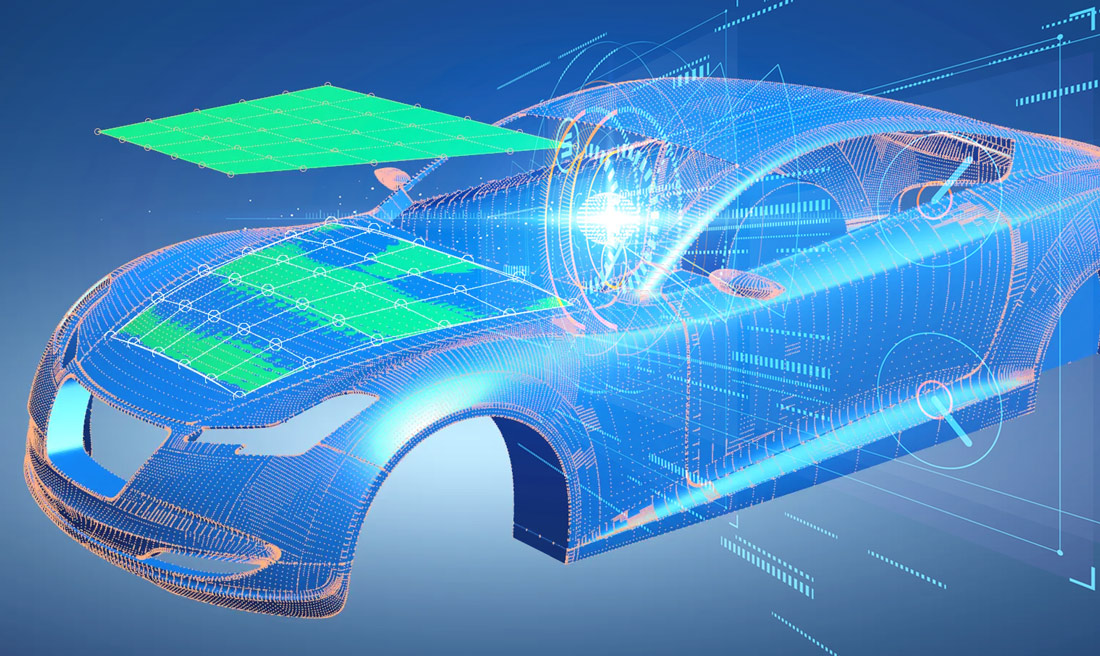
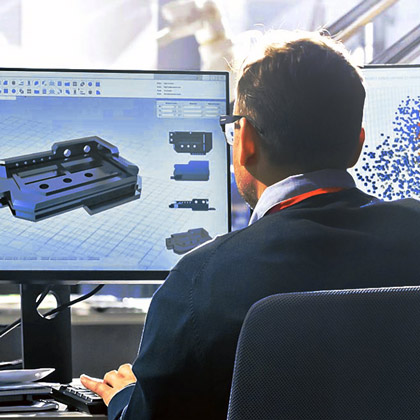
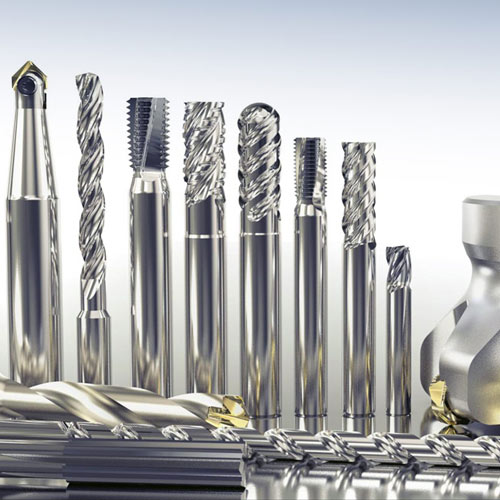
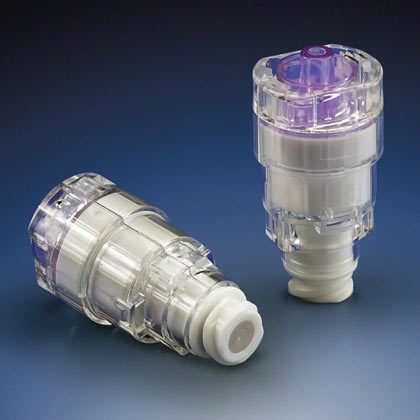
Leave A Comment
You must be logged in to post a comment.